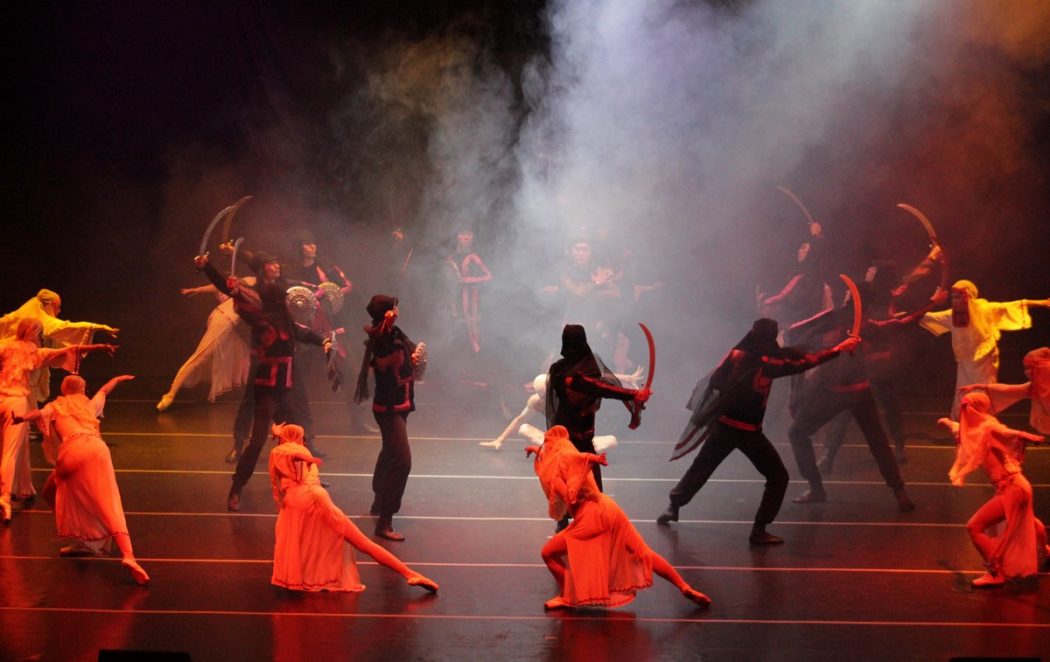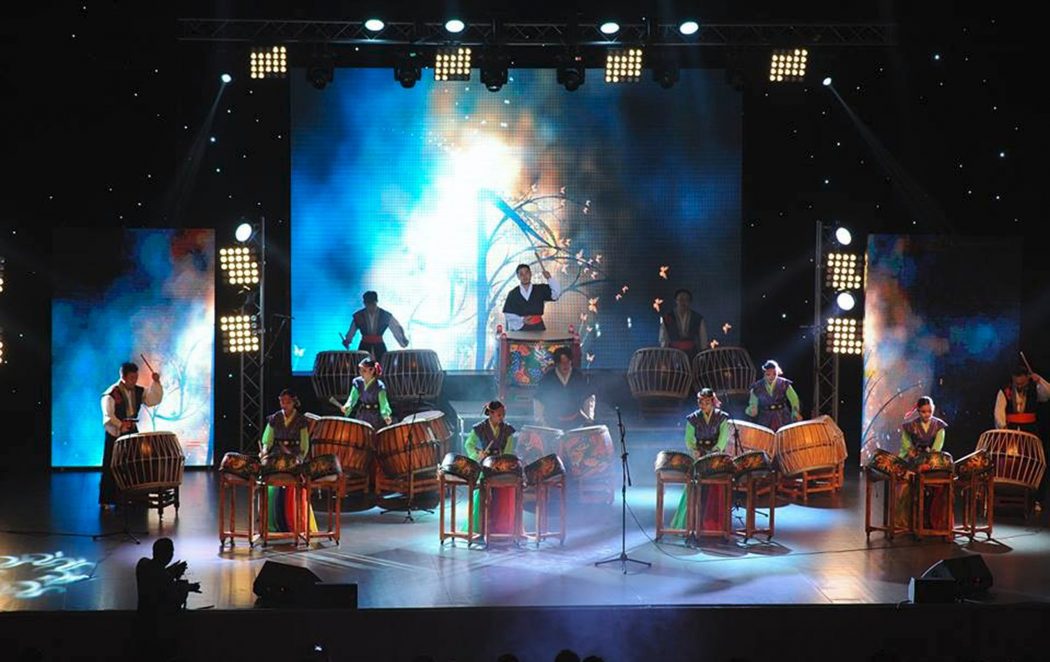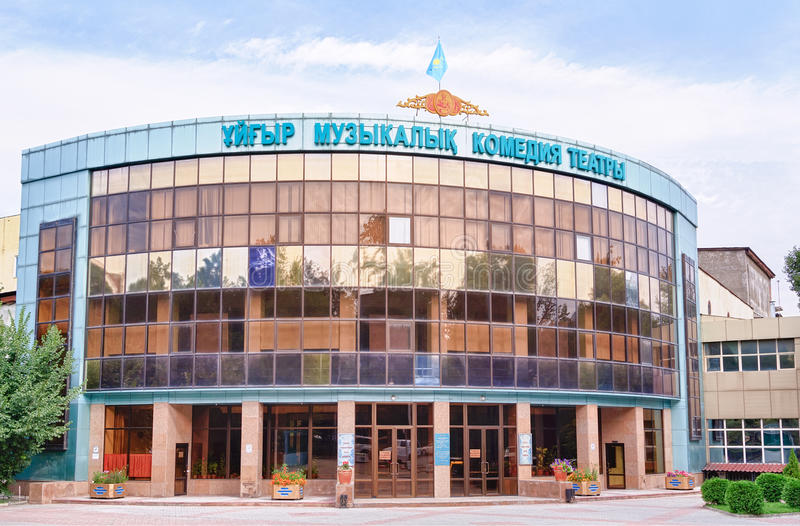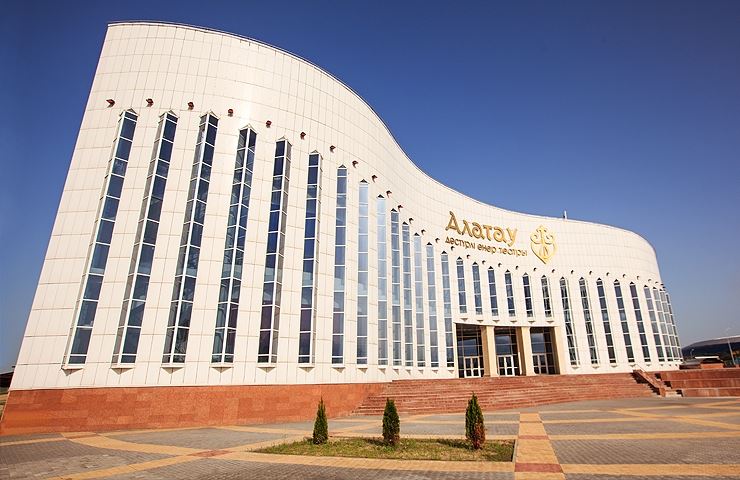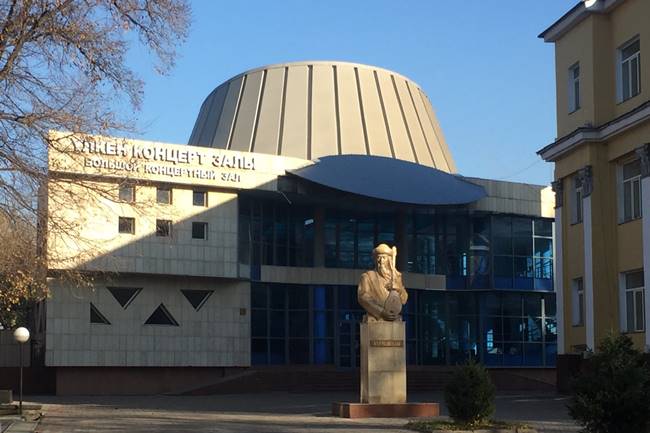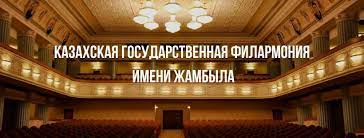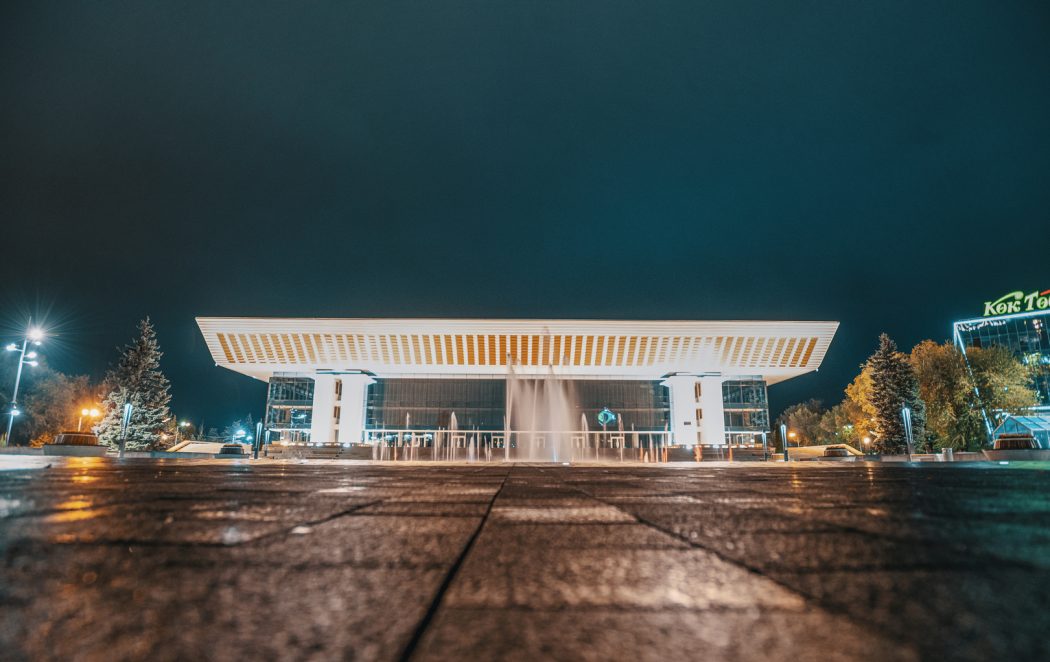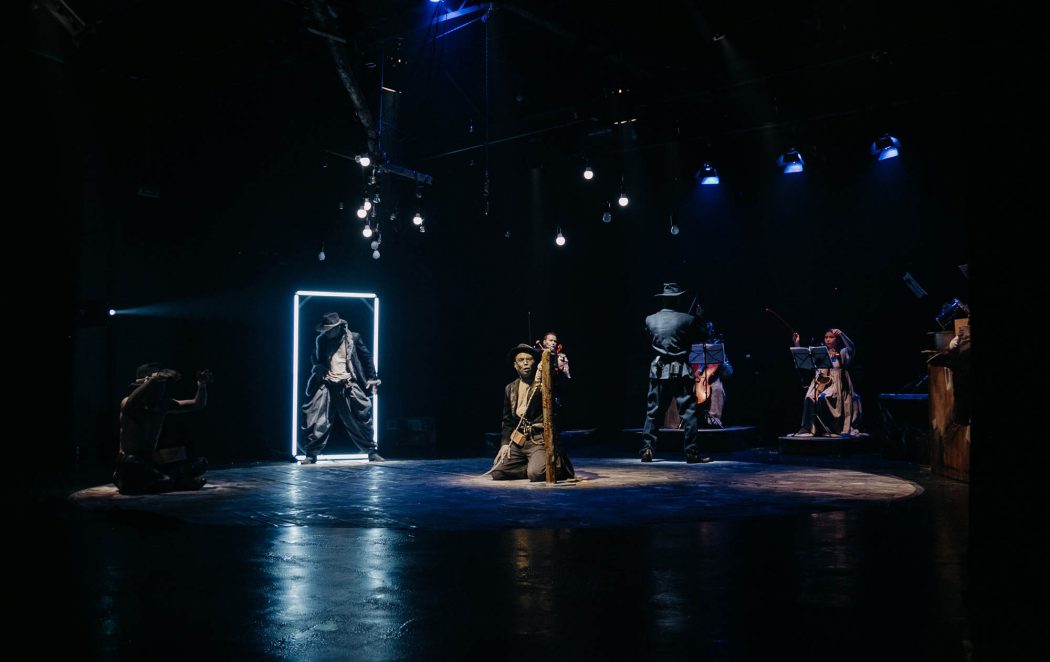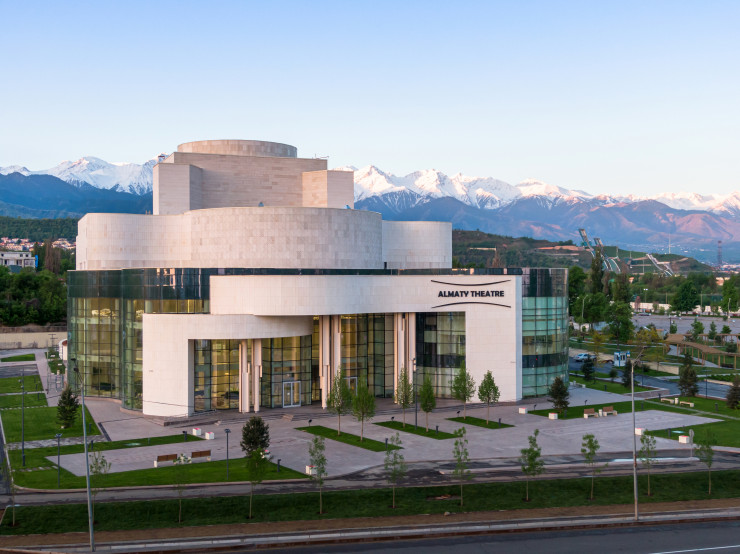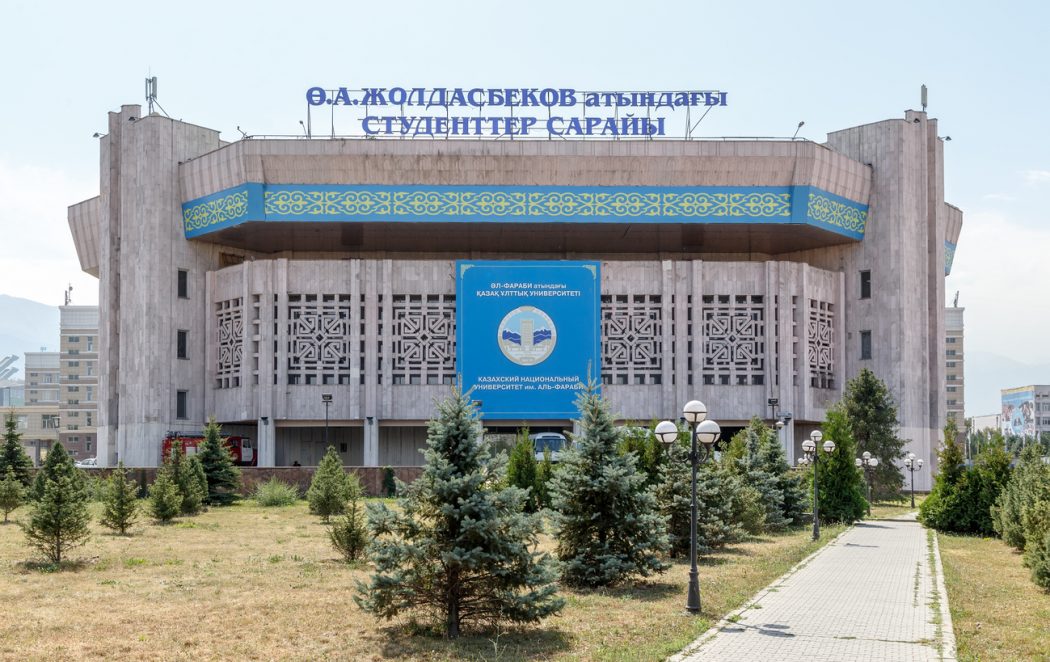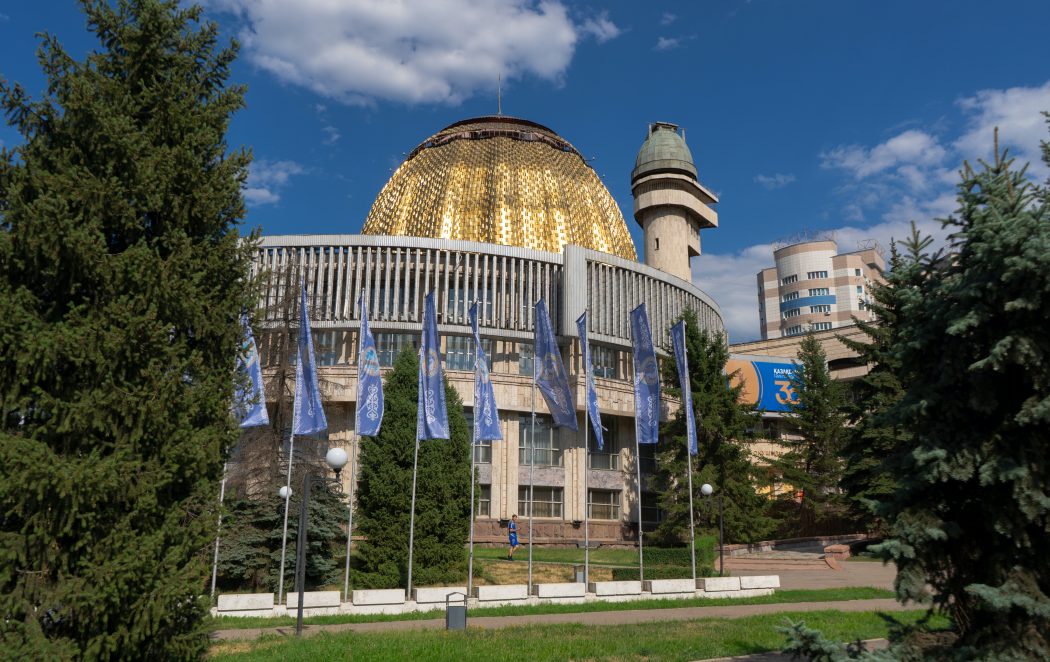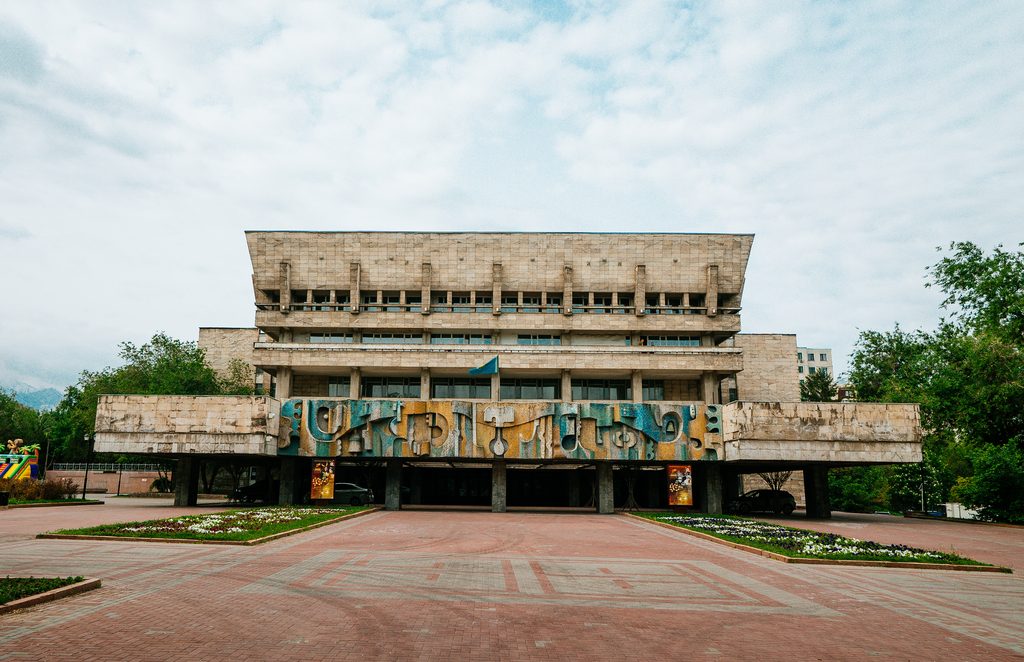History of the theater
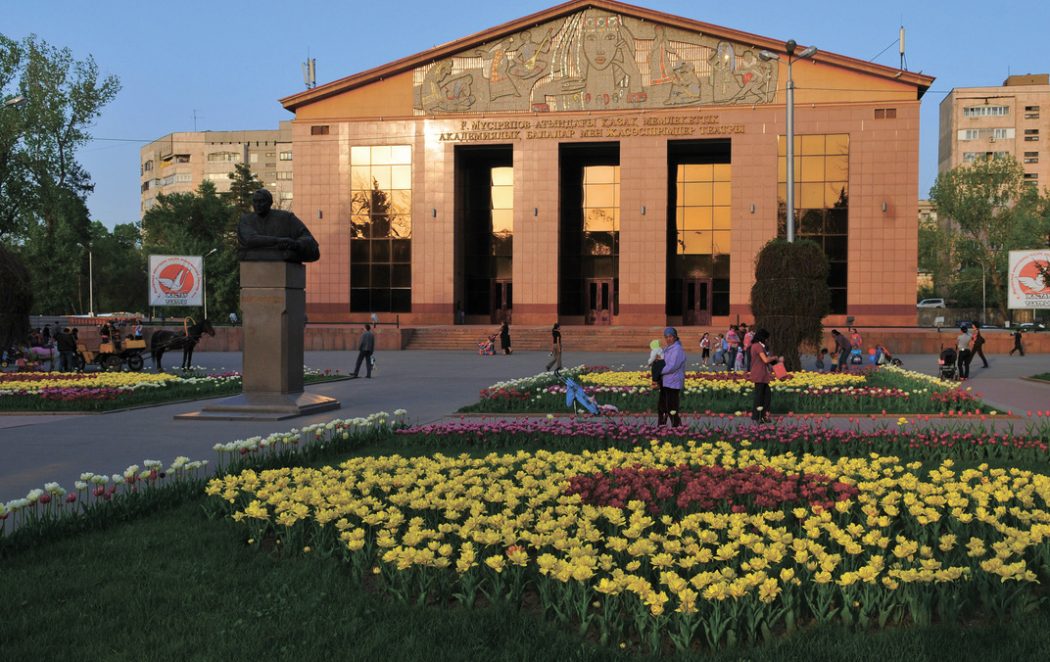
The theater leads its history from the Alma-Ata Youth Theater. The main initiator and first leader of the theater was the famous theater figure Natalia Ilyinichna Sats, who was in exile in Alma-Ata. On September 6, 1944, a resolution of the Council of People’s Commissars of the Central Committee of the Communist Party (Bolsheviks) of Kazakhstan on the organization of a theater for young spectators in the city of Almaty was issued. On a festive morning on November 7, 1945, the theater presented its first performances to the Almaty people: in the morning the Little Red Riding Hood by E. Schwartz was staged by N.I. Sats, and in the evening, The Siege of Leiden, by Isidor Shtok, directed by the famous playwright and director Viktor Rozov. A theater studio was also created in which Natalia Ilyinichna Sats prepared theater shots.
Division into two independent teams
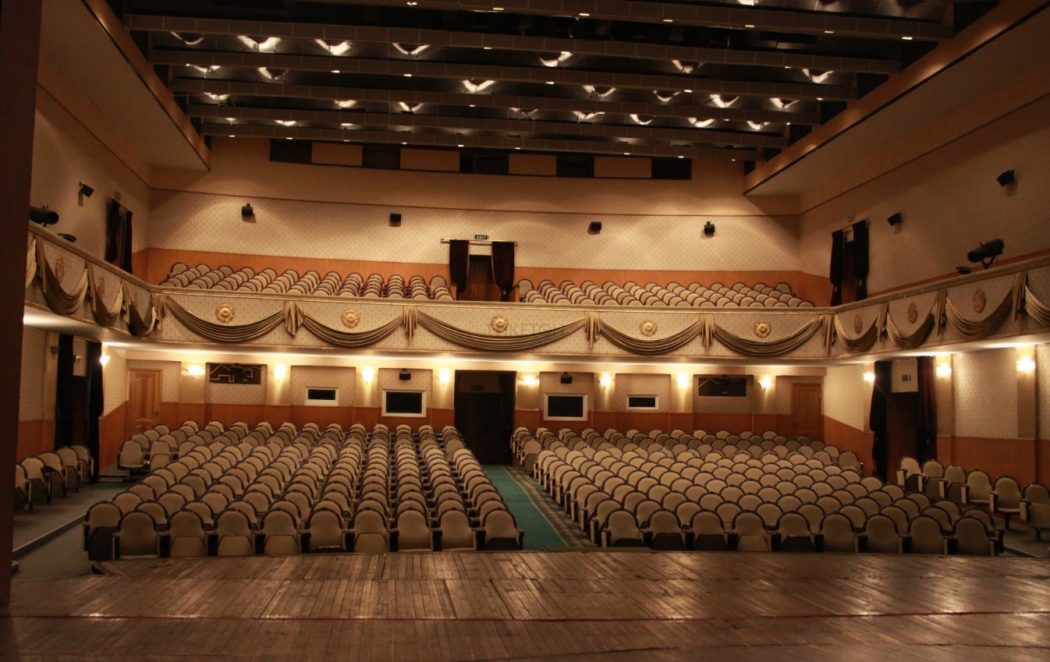
In 1985, by the Decree of the Ministry of Culture of the Kazakh SSR, the theater for children and youth of Kazakhstan was divided into two independent bands: Kazakh, which received the name of the famous Kazakh writer and playwright Gabit Musrepov and Russian, which was named after Natalia Sats. For some time both bands were in the same building, alternating rehearsals and performances. Then the Russian Youth Theater received a separate building. In 1996, the Theater of Young Spectators G. Musrepov was awarded the honorary title of academic. In place of the modern theater during the time of the city of Verny was the Intercession Cathedral, which was demolished in 1934. The building was built from 1957 to 1962 on the main square of the Soviet Alma-Ata named after the Comintern, opposite the square to A. Imanov, for the Kazakh drama theater. The authors of the construction project were architects A.A. Leppik, N.I. Ripinsky and V.Z. Katsev. The building has a hall with a capacity of 475 seats.
About the building
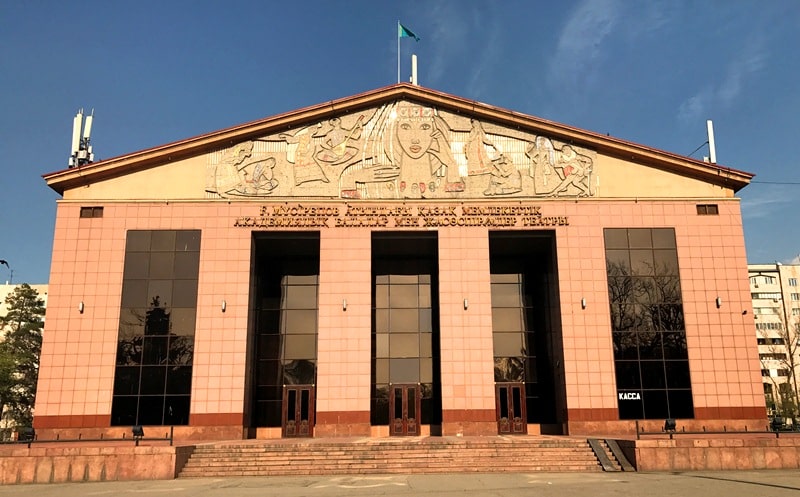
In 1968, reconstruction was carried out according to the project of B.N. Tyutina. In 1980, after the construction of the building on Abaya Street, the drama theater moved there, and the theater of the young audience was located in this building. In 1985, the Youth Theater was divided into Russian and Kazakh theater and the Kazakh troupe remained in the building. The theater building was built in the transition from classicism to functionalism traditions. It represents a three-story volume on the stylobate and is oriented by the main facade to the west. The main entrance is accented by a deep loggia in the form of a stylized portico. The pediment is ornamented with embossed panels on the theme of Kazakh musical folklore. The wall planes of the side pylons and the loggia are divided in height by stained-glass windows. The compositional scheme of processing the side facades is based on the horizontal rhythm of square window openings in the central part of the facade and the asymmetric arrangement of narrow windows on the flanks. The monument to Gabit Musrepov was unveiled in 2002 in front of the Kazakh Theater for Young Spectators. The architect of the monument was V. Katsev, the monument was made by the sculptor K. Satybaldin.



